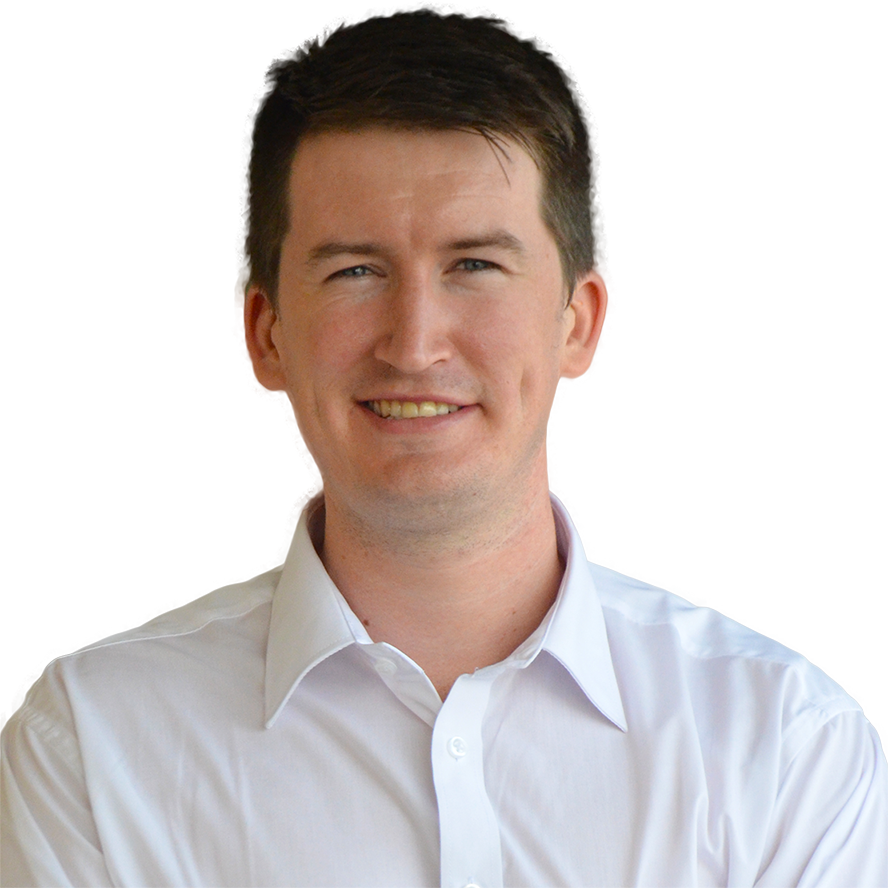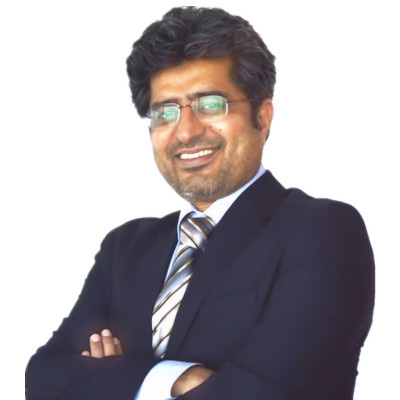ADPC Side Events at the 3rd UN World Conference on Disaster Risk Reduction
Climate services and applications for disaster and climate risk management in a changing environment
17 March 2015 at 13.30–16.00
Venue: Tohoku University, room no. C206
The panel discussion highlights the importance of climate services and showcases applications that have been developed to reduce losses of lives and damages to property in times of hydro-meteorological disasters.
The speakers and panelists will discuss various regional and global interventions and applications of climate services to strengthen the national hydro-meteorological services for improved disaster risk reduction and climate risk management.
The recent extreme climatic events such as Typhoon Haiyan in the Philippines, the floods in Thailand and Pakistan, and Cyclone Nargis in Myanmar are stark reminders of the escalating impact of the changing climate on countries and communities around the world.
Panelists and speakers:
Dr. Mary Power, Director-RMDP, World Meteorological Organization
Dr. Bhichit Rattakul, Special Advisor for ADPC and former Governor of Bangkok, Thailand
Dr. Gavin Iley, Senior International Development Manager, UK Met Office
Dr. Basantha Shrestha, Director Strategic Cooperation, International Centre for Integrated
Mountain Development, Nepal
Dr. Srikantha Herath, Senior Academic Programme Officer, United Nations University, Tokyo
Dr. Yun Wontae, Director, National Typhoon Center, Korea Meteorological Administration, South Korea
Dr. Senaka Basnayake, Head of Department, Climate Change and Climate Risk Management, ADPC
Dr. Yongchul Shin, Research Fellow, APEC Climate Centre, South Korea
Major General L.B.R. Mark, Disaster Management Centre, Sri Lanka
Moderator: Mr. Atiq Kainan Ahmed, Program Specialist, ADPC
For more information: Dr. Senaka Basnayake, senaka_basnayake@adpc.net
Bridging the gap of science applications for disaster risk management
17 March 2015 at 18.00–20.00
Venue: Sendai Civic Auditorium, meeting room 2
The lively panel discussion will feature speakers from the scientific and disaster risk management communities who have successfully applied scientific information and approaches in disaster risk management initiatives.
Practical experiences and success stories will be discussed regarding the use of satellite technology for emergency management, the application of online tools for rapid damage assessment, and the utilization of disaster risk information for risk-sensitive urban planning. The discussion will finish by highlighting the relevancy of science to the post-2015 framework for disaster risk reduction.
Keynote speech: Professor Dr. Virginia Murray, Vice-chair of the UNISDR Science and Technical Advisory Group (STAG) and Consultant in Global Disaster Risk Reduction, Public Health England
Panelists:
Mr. Mohammad Abdul Qayyum, National Project Director, Comprehensive Disaster Management Programme, Bangladesh Dr. Agus Wibowo, Head of Data Division, National Disaster Management Authority (BNPB), Indonesia Dr. David Ganz, Chief of Party, SERVIR-Mekong, ADPC Prof. Jeong Sang-man, Chair, Korea Society of Hazard Mitigation Representative from Google Crisis Response Team (tbc)
For more information: Dr. Peeranan Towashiraporn, Director, ADPC, peeranan@adpc.net
Find us at the Public Forum
| Saturday 14 March | ||
| 13−14.30 | Working session:
Technological Hazards: From Risk Reduction to
Recovery Venue: Main hall |
|
| Sunday 15 March | ||
| 09.30–12.00 | Side event:
Transdisciplinary Education for Disaster Risk
Reduction Organized by: United Nations University (UNU)-Tokyo Venue: TKP Garden City Sendai Kotodai Hall 2 |
|
| 11.00–12.30 | Side event: Investing in
Resilience; Investing in Critical Infrastructure:
Safe Schools and Hospitals Organized by: UNISDR and Children Youth International Venue: Tohoku University, Kawauchi South, Room 8 |
|
| 14.00−15.30 | Side event: Dealing with
disasters: enhancing community resilience and mainstreaming disaster risk reduction in everyone's agenda Organized by: Ministry of Foreign Affairs and Ministry of Interior of Thailand Venue: Tohoku University Kawauchi-kita Campus B101 |
|
| 15.45−16.15 | Communication Space: ADPC’s
Approach to Supporting the Post-2015 Framework for
DRR Venue: Sendai Mediatheque, 6th floor |
|
| Monday 16 March | ||
| 9.00–12.00 | Side event: Towards Disaster
Resilience: Reduction of Risks from Technological
Accidents Triggered by Natural Hazards Organized by: European Commission, Joint Research Centre; Disaster Prevention Research Institute, Kyoto University; UNEP/OCHA Joint Environment Unit; and Asian Disaster Preparedness Center Venue: Tohoku University Kawauchi-kita Campus A106 |
|
| Tuesday 17 March | ||
| 12.00−14.00 | Side event: Partnerships for
Effective Disaster Management: Lessons from Multi-Sectoral
Leaders in the U.S. and Japan
Organized by: Ready Asia-Pacific Venue: Sendai Civic Auditorium Meeting Room 7 |
|
| 13.00−16.00 | Public event: Disaster
Management and Private Sectors − Private Civil Partnership: from Business to
Community Resilience Organized by: Organized by IRIDeS, Tohoku University and Kyoto University Venue: C206, Kawauchi campus, Tohoku University |
|
| 13.30−16.00 | Side event: Climate Services
and Applications for Disaster and Climate Risk
Management in a Changing Environment Organized by: Asian Disaster Preparedness Center Venue: Tohoku University, Room no. C206 |
|
| 18.00−20.00 | Side event: Bridging the Gap
of Science Applications for Disaster Risk Management
Organized by: Asian Disaster Preparedness Center Venue: Sendai Civic Auditorium, Meeting Room 2 |
|
| Wednesday 18 March | ||
| 13.30–16.30 | Side event: Workshop on Research,
Policy and Practice on Disaster Reduction in Asia
Pacific Regions Organized by: Institute for Social Safety Science, Japan, Korean Society of Hazard Mitigation, Korea, Disaster Management Society of Taiwan, Taiwan Venue: TKP Garden City Sendai Toukoudai, Hall No.3 |
|
Documents
ADPC at the WCDRR
Published on: 3/10/2015
Department: General
Type: Brochures, Fact Sheets and Posters
Language: English

